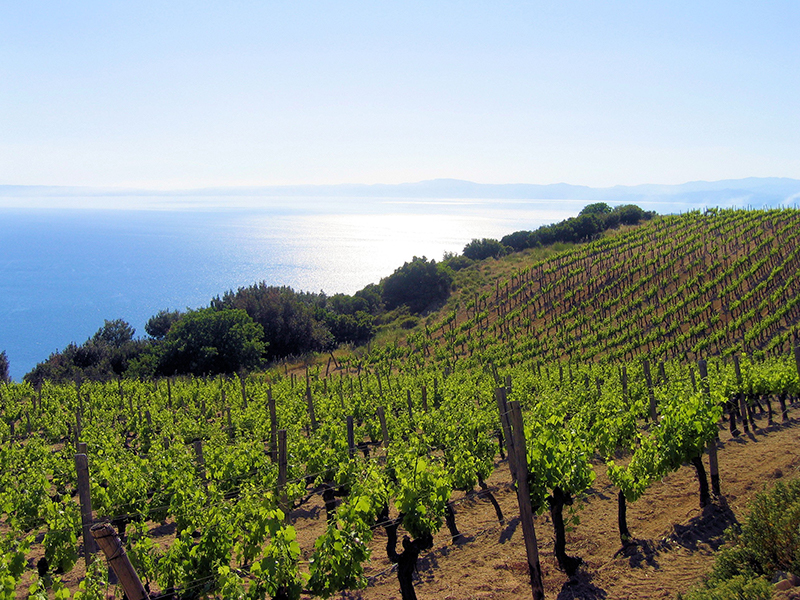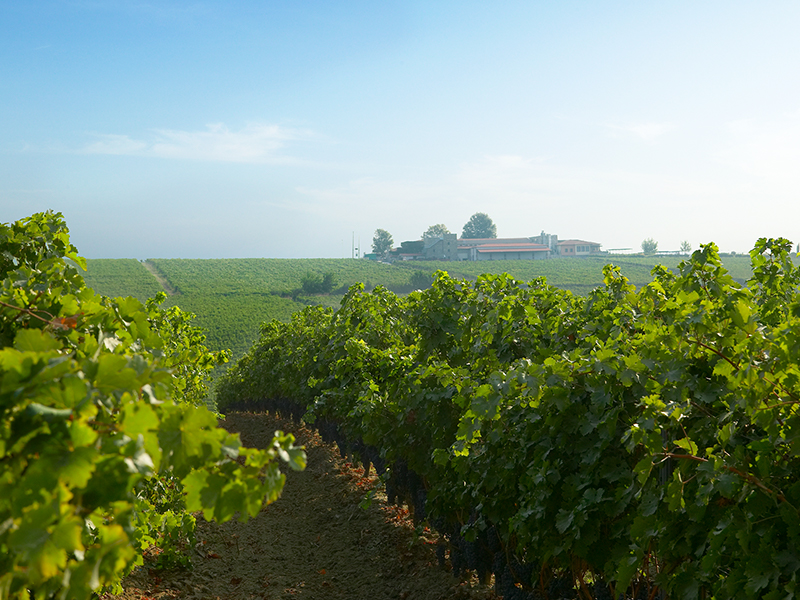By Maria Netsika
White skinned
Assyrtiko (a-SEAR-tee-ko): A startling Greek white grape, Assyrtiko is the dominant grape of Santorini that has successfully migrated to Halkidiki, Epanomi, Drama, Mount Pangeon in Macedonia, to the Peloponnese and finally almost to every viticultural zone of the country. It maintains a high acidity even in fully ripeness. With crispy acidity and excellent minerality, its wines are rich and refreshing. The aromas suggest citrus, lemon blossom, orange zest and grapefruit.
Athiri (a-THEE-ree): This is another white grape, common to the islands of the southern Aegean and Halkidiki, in eastern Macedonia. Its wines have lovely floral aromas and a good mouth-watering attack that wakes up the palate.
Malagousia (ma-la-ghoo-zee-A): This fine white Greek variety was saved from oblivion thanks to the acumen of several Greek producers who believed in its potential. Critical praise and consumer excitement have proven them right. Malagousia wines have strong fragrance, complexity and verve… haven’t I forgotten anything? Long, slightly peppery finish. Another Greek wine to try when you want to branch out and experiment.
Muscat: A large and famous family of grapes that is cultivated under various names in almost every single wine-producing country. Equally expansive is the variety of its wines that range from aged sweets to fresh, fruity effervescents, all of which are notable for their fine and impressive aromas.
Pink skinned
Roditis (ro-THEE-tees): Wines from this pink skinned variety are made throughout almost all of Greece, but with best results near Patras in the western Peloponnese, in parts of Macedonia, and in Thessaly. When its yields are controlled and it is carefully vinified, Roditis gives us light and inviting wines that exude the freshness of citrus, apple and pear.

Photo Archive of Wineplus
Red skinned
Limnio (lee-mnee-O): Limnio is an ancient red grape varietal native to the island of Lemnos. It was mentioned by Aristotle and other ancient writers. Today it is cultivated not only in Lemnos, but also in Halkidiki, and Northern Greece, where it produces lovely, silky red with the exotic perfume of wet violets and cherries.
Negoska (ne-GO-ska): This red grape is exclusively grown in Goumenissa, Central Macedonia next to Xinomavro (ksee-NO-ma-vro). It is blended in the P.D.O. wine of the area, offering colour, fruit, alcoholic title and reducing its acidity.
Xinomavro (xee-NO-ma-vro): A red grape, it is the prime variety of Northern Greece and is cultivated widely from the slopes of the central Greek mountains to the ranges of Pindos. It is the grape of P.D.O. Naoussa, Goumenissa, Amyndeon, and Rapsani. Xinomavro has a distinctive, dark-red colour and an acidic taste even when ripe. Its name means “sour black.” When young, Xinomavro wines are unyielding, but they soften with time and age beautifully, acquiring a unique complexity and palate that yields successive waves of cherry-tomato, plums, violets, lilies… -whatever you are looking for, you will probably find it in here eventually. The wines can be a touch tannic but will smooth out with an hour or two of decanting.

Photo Archive of Wineplus
Maria Netsika is a chemist/oenologist, wine writer and author

